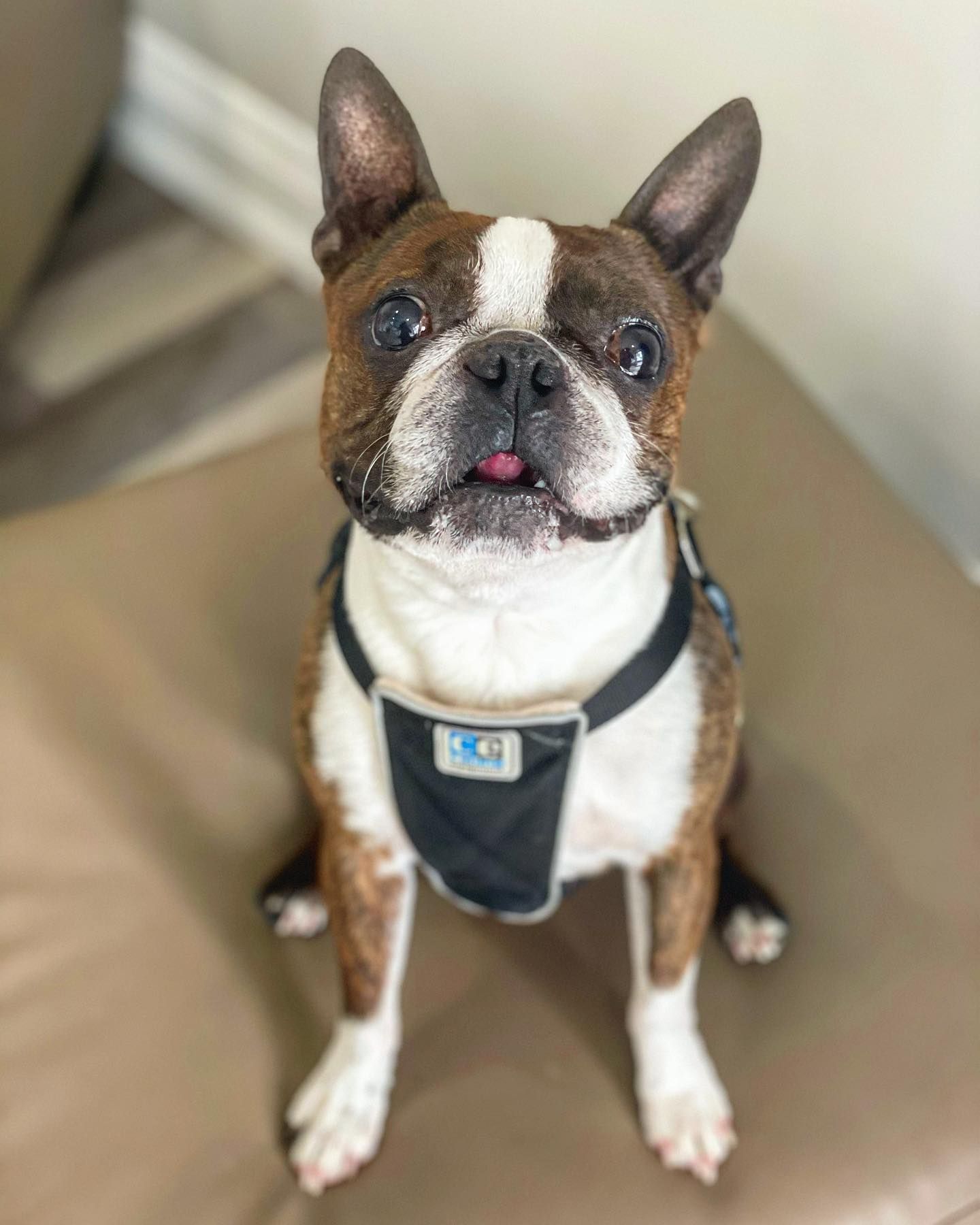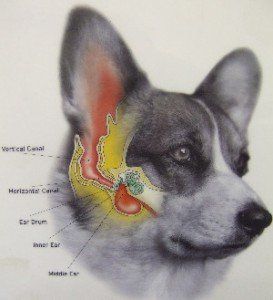How to properly clean your dog's ears
Ear cleaning is one of the most important things you can do at home to help prevent ear infections in your dog.
Cleaning your pet's ears removes not only ear wax (cerumen), but also any yeast and bacterial overgrowth in your pet's ears. Cleaning by itself may even be sufficient to resolve mild uncomplicated ear infections and can be used to prevent future infections. The key factor, is making sure that cleaning the ear is performed with an appropriate ear cleanser and proper technique.
Dr. Mac and Loki have created this video at Mac Animal Clinic in Oakville, to show our pawrents how to clean their pet's ears.
- Use an ear cleanser which has been recommended for your dog by a veterinarian. There are many different ear cleaners, and depending on your dog's ear condition we may recommend a specific ear cleanser.
- The ear is filled with fluid until the fluid is seen at the orifice.
This flushing technique involves filling the ear with an ear cleanser and not applying a set number of drops. - The ear canal is then gently massaged to help break up debris and develop fluid waves within the ear canal. Gently squeeze or push against the cartilage of the ear canal.
Tip: It is helpful to try and keep a hold of the ear flap so that your dog can not shake all the fluid out before you can massage the fluid! - Fluid will flow out of the external orifice during the massage process and by now your dog will probably have shaken his head and removed more fluid.
- More cleaning fluid is added to fill the ear again. This is an important part of the ear cleaning technique; it is imperative to try to, at least briefly, prevent any head shake, massage or dropping of the ear.
- Excess fluid should be wiped from the top of the ear with a gauze of soft paper towel.
- Observe the cleaning fluid and determine if it is cloudy or if flecks of debris are still present. If so, gentle massage is again performed. This process is repeated up to three times as too much cleaning with massage can be irritating.
If you have any questions on how to clean your pet's ears or if you aren't sure which ear cleaner to use, contact us at 905 844 6786. We would be more than happy to help!


Street Address : 1026 Speers Road
City : Oakville
State / Province : Ontario
Postal / Zip Code : L6L 2X4
HOURS
Monday: 9:00 am - 6:00 pm
Tuesday: 9:00 am - 6:00 pm
Wednesday: 9:00 am - 7:00 pm
Thursday: 9:00 am - 5:00 pm
Friday: 9:00 am - 5:00 pm
Saturday: Closed
Sunday: Closed
SERVICES
© Copyright 2024 - All Rights Reserved - Mac Animal Clinic | Cancellation Policy | MyPortal™



